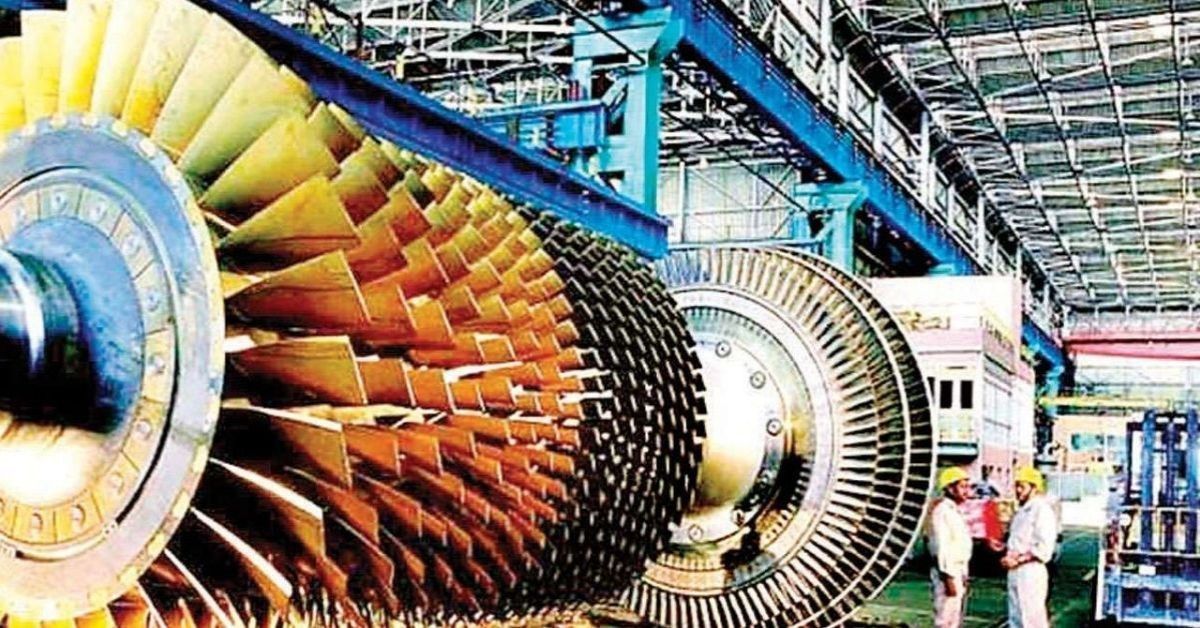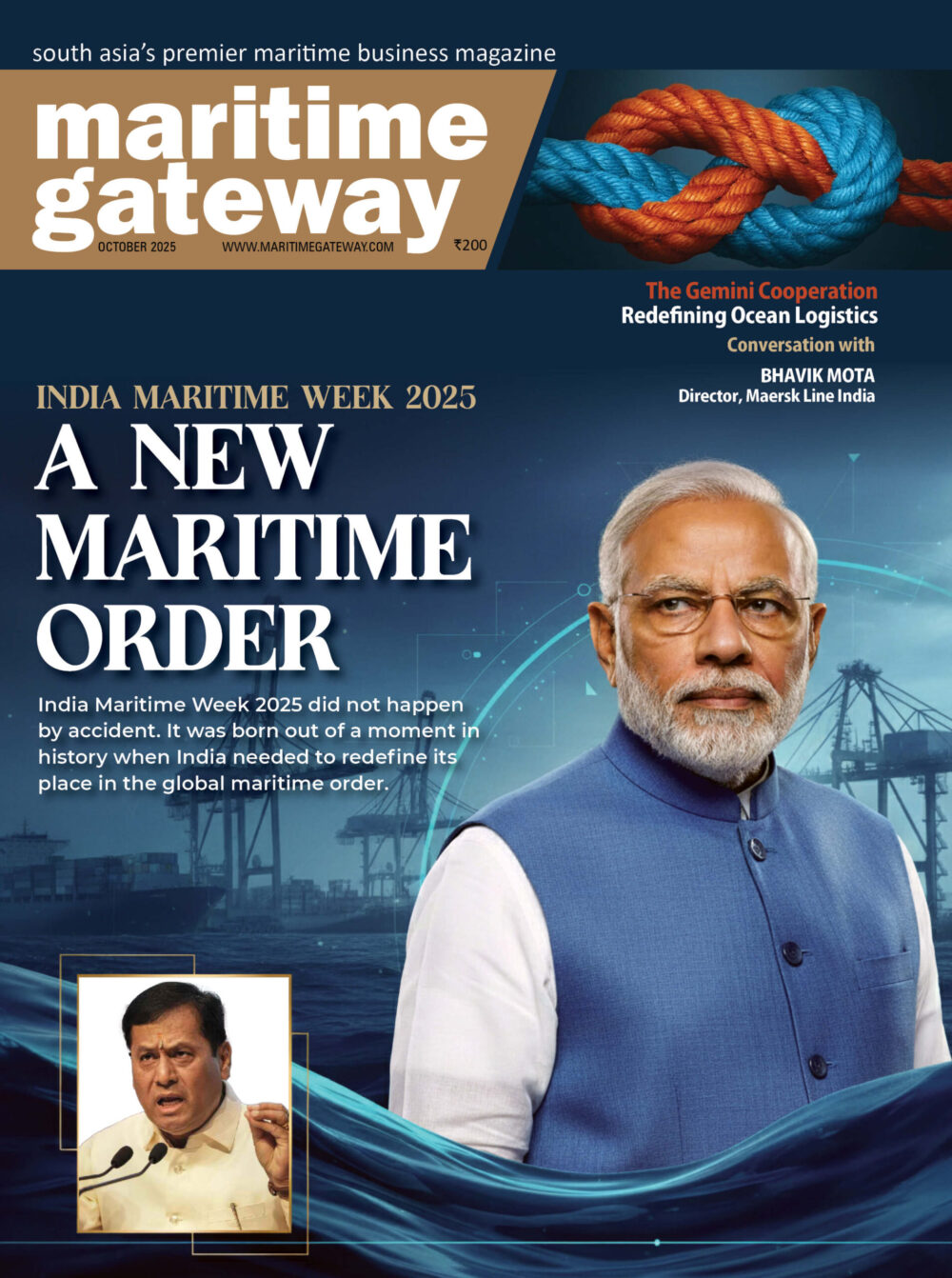India’s engineering goods exports rose 2.93% year-on-year to $10.11 billion in September 2025, driven by strong demand from European and emerging markets, even as shipments to the United States slipped nearly 9.4%, according to data released by the Engineering Export Promotion Council of India (EEPC).
The sector, which accounts for almost a quarter of India’s total merchandise exports, benefited from robust growth in steel and iron (up 17%) and automobile exports (up 33%), offsetting weakness in industrial machinery exports, which fell 18% during the month.
Exports to the US declined to $1.4 billion, while shipments to the UAE dropped 5.3% to $636.86 million. In contrast, exports to key European and Asian destinations surged — with Germany, the UK, Saudi Arabia, Singapore, and Italy posting growth between 18% and 45%.
EEPC attributed the resilience in overall exports partly to the depreciation of the Indian rupee, which fell 5.38% year-on-year in September and 0.91% month-on-month, closing at ₹88.79 against the US dollar — just shy of its all-time low. The council noted that sustained currency weakness supported exporters despite mounting global trade tensions.
“Rupee depreciated vis-à-vis the US Dollar for the fourth consecutive month to September 2025, both on a monthly and yearly basis,” the EEPC said. It added that capital outflows, higher government borrowing, and a surge in gold imports further pressured the currency, even as the dollar index softened.
Globally, merchandise trade expanded by nearly $500 billion in the first half of 2025, with quarter-on-quarter growth of about 2–2.5%, despite ongoing protectionist measures in the US and EU and continued geopolitical uncertainty.
The EEPC report noted that India’s engineering exports have now grown for four consecutive months, supported by stronger trade with Sub-Saharan Africa, ASEAN, and Latin America. This trend, the council said, aligns with UNCTAD’s global trade update, which highlights the growing importance of South–South trade as a key driver of global commerce.
While exports to the US weakened due to reciprocal tariffs, EEPC observed that the impact of Section 232 tariffs on steel and aluminium remained limited, as shipments of both commodities to the US actually grew during September 2025.









